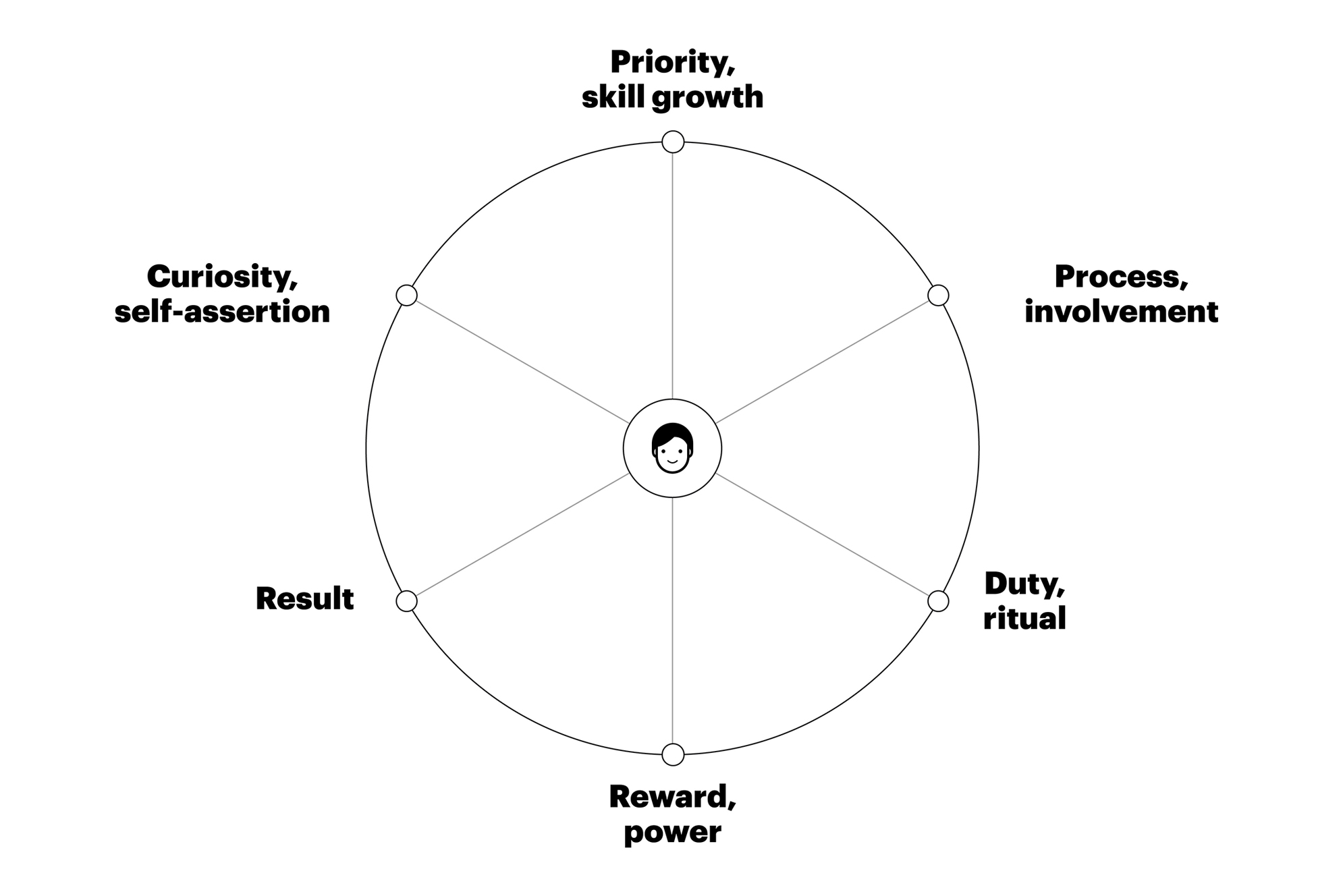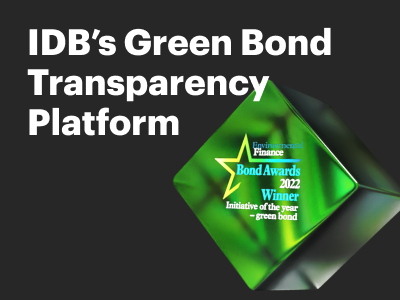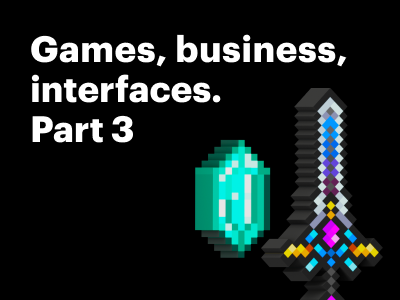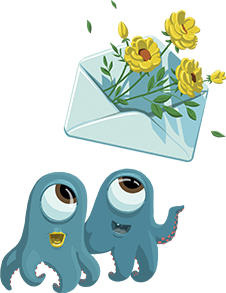14 July 2021
Designers: instructions for use. Motivation, problems, solutions
A new article based on the speech of JetStyle’s CEO Alexey Kulakov. It argues whether designers are artists or engineers, and tells how to motivate them to grow and develop. We also talked about the problems that may arise on the professional path and suggested ways to solve them.

I studied industrial design at the Academy of Architecture and wanted to be a graphic artist. But one day my plans changed, and I became (pretty accidentally) one of the first three web designers in the city I lived in. My world turned upside down, and I realized that design is a completely different activity than what I had previously thought. Twenty-four years have passed since then. I changed several design professions, learned how to work as an art director and raised several art directors.
I am making this introduction to say that all these years we have been saying the same things over and over again about what we consider design to be. It may feel that everything that I will say below is clear as day. Then some new discussion happens, and it turns out that — no, it’s not that obvious. So, here are some axioms we rely on when creating a design. Maybe you’ll find them useful too.
What is design? Who are designers at JetStyle?
Different studios view design differently and specialize in different aspects of it. At JetStyle, we do interaction design. We believe that human interaction design is a central part of any digital product. From our point of view, designers are not artists. Design is not a way of self-expression, but an engineering creativity. There are no other criteria for the quality of a design work besides whether it solves a communication problem or not. All artistic means and words of the expressive language are good insofar as they help people achieve their goals.
What to do with beauty, emotions and aesthetics? Does a beautiful design have no advantages, other things being equal, compared with a convenient but functional one? Why do we even hire people with artistic vision as designers? Why did I study art myself?
Without going into details, words like “beautiful”, “aesthetic”, “correct”, “good” have no meaning outside the context of the goal. At the same time, to make statements and be understood not only on a rational but also on an emotional level, you need to have a wide visual experience, understand how perception works, be able to understand the cultural code, and express yourself in it. But yes, indeed, we think that there is no equal understanding of beauty and appropriateness.
What makes a designer happy? What is the designer’s thrill?
I should have stopped doing design for a long time, but sometimes I still do it ‘illegally’ because, to be honest, I like to design more than to manage. If you’ve tried it, you’d understand: the moment you open Figma and start creating a world that will evolve into a product, which will help people experience a positive change. You get lost in the process, like in a computer game — oops, and it’s the day after tomorrow already. But you didn’t just play. You also created something awesome at the end. This is a very special and pure thrill. You find yourself in the state of a flow. And there is no such joy in the work of a leader — the buzz is completely different there.
Recipe for a designer’s motivation
When it comes to motivating a designer, the recipe is simple:
-
Teach the designer to be happy in the flow state.
-
Give them tasks that capture their full attention.
-
If it is difficult for the designer to find interest in the task, help them understand what the challenge is (by the way, this is the most difficult part, as it seems to me).
-
Do not distract them from work when they are in the process.
-
Be supportive and enthusiastic at their success.
-
Help them get out of the dead-end when they get there.
This is where the easy part of the recipe ends, and the difficult one begins:
-
Give the designer tasks from their zone of proximal development. The difficulty here is that you need to find these tasks somewhere. And this is no longer a question of educating a designer, but a question of sales (that’s a whole different article theme).
-
Make the designer see how the result of their work is used.
To summarize all this, the design thrill is that the designer can — with their own hands” embody their vision, i.e. create artifacts that will change people’s lives. If you learn to feel the thrill from this, if you manage to fit this vision into the plans of the team/client/business, then, as for me, you’ll have no problem with motivation. For me personally, of course, it is much easier than for an average just a designer. Because I am also a product & company director. When I create a concept, most likely I will execute it in my work.
Design that changes the world
There is this phrase: “We work to make the world a better place.” There’s so much ambiguity about it! In most cases, this is a lie as often there is no special connection between what we do and how the world is changing. However, if we see that changing lives for the better is not a sacred duty or marketing bullshit but a selfish design desire (we just love to see how our interfaces are used and appreciated), then it’s clear that this change is the best fuel for the designer. It is not always possible to make it happen, though.
On the other hand, as designers, we have a bunch of ways to get this fuel for ourselves. But for this, you need to realize that you are not designing interfaces but a product. And sell this vision to the team. Although in the end, you will not be called a designer but a product manager. I must say, this is a rather mutant path to product managers, but I like it.
What else motivates a designer?
Types of motivation to work
I conduct trainings on the topic of motivation. From my experience, there are 6 types of motivation.

-
Priority and skills growth: we did it before anyone else / we know how to do what almost no one can do.
-
Process and involvement: we are part of a cool team that values us.
-
Duty: we do work that is important to the world.
-
Result: we solved a difficult problem, and we can prove it by demonstrating the result of our efforts.
-
Reward: I have a prospect to start earning more.
-
Curiosity and self-assertion: we learned something new before anyone else.
Target portrait of a designer

Designers are motivated by:
-
skill growth, often the leading motivation. A designer, like any engineer, is interested in the activity that helps them learning something new;
-
curiosity — they are interested in what new they can do in the project;
-
involvement in the team — at least it’s relevant for JetStyle’s designers. This is our strong point — cool people work on different tasks. Just put a person in a cool team, and they will feel good in it, and there will be no problems with motivation;
-
the ability to earn more.
It all comes down to a fairly simple motivation formula: you need to set tasks for the designer in the area of their immediate development, give them sufficiently qualified feedback and involve them in projects that they can be proud of, and show that the team appreciates them.
Aspiring designers, who have been in the profession for no more than three years, have much fewer problems with motivation. They grow quickly, get a hell of a lot of feedback, have many tasks that they haven’t tried yet, their qualification is growing, and they are becoming more in demand among managers who sell their work to clients — which means they can increase their wages. Everything is awesome.
What problems arise and how to solve them?
Problems begin at the middle+ level with an identification conflict ‘Artist VS engineer’.
Long feedback loops
The design stands at the very beginning of the value chain, so there are plenty of problems with how to close the feedback loop. A designer has to wait a very long time for the work they have done to go through the front-end-back-end quality control. Among other things, during the months when the task went from the designer to production, a lot has happened, and we need to redesign. And the designer, most likely by this time, is already working on another project, and immersion in the old one would distract and demotivate them.
Solution
In particular, to solve this problem, we switched to a product approach in development and design. We really want the client to get value from our work faster. Not only because it will be more useful for the client, and they will continue to cooperate with us. This is important for us because it is much more interesting to work this way. And yes, this is the most difficult part because, for this, it is necessary that both teams — ours and the client’s — are able and willing to speed up the TTM (Time To Market).
Selling the wrong stuff to the wrong people
When a client doesn’t want to come up with ways to change people’s behavior, you are selling your hands, not your head. The work becomes uninteresting, the value we create is not tangible, new skills are not required. In general, there are no tasks for a middle+ in the zone of their proximal development, and there is no chance to sell their labor more expensive either.
The solution from the company’s side
In our company, we have a formula for choosing a client: we collaborate with brands whose work we respect, and with those who are interested in purchasing one of our leading competencies: UX, development, and marketing. These two conditions ensure there’s no problem with motivation.
The solution from the designer’s side
In every project, you can act as if the client is a fine fellow and really wants to help their customers. At least you will respect yourself. As a maximum, it turns out that the client didn’t mind taking your concept to the production stage. Yes, for this you have to learn how to sell your vision. If it works out, you may find yourself in the position of an art director, not bad, right?
No interesting tasks
If you don’t sell something interesting for a designer to do, they don’t have tasks that will help them grow their skills. On the contrary, there is a mountain of identical tasks that have long been out of their zone of proximal development.
These are the problems of the company, not the designer. As long as you can teach a person, as long as they understand that you are the source of their future competence, there will be no problems with motivation as long as you can be a sensei for them. Problems arise when your designer surpasses you in growth when they become a source of competence and reach the ceiling of your business. Then you have to change this business with them. Or they will leave you.
Solution
For instance, we have an art director who really likes the generative design. But there are no orders for this. Accordingly, we have to make sure that clients come with tasks which are interesting to us. How do we do it?
-
We accumulate the vision. The company has to invest in creating and showcasing the concepts. Otherwise, no one will know about your new products. For instance, several years ago we chose a strong area of expertise for ourselves — VR. In 2019, we were the first in the country to launch a WebVR site for the White Tower, and a few years later we released our first title on Steam.
-
We are actively engaged in sales. We have been on the market for more than 15 years, and now clients find us themselves. But selling a new product through incoming requests is a slow process. Requests for things that no one else has done don’t just come up. Therefore, we look for clients ourselves, show them concepts and consult them.
-
We allow leading designers and art directors to create concepts within the pre-sale, limited only by user behavior and skill level.
Simple conclusion about a designer’s motivation
To summarize: to motivate a designer, you need to have a vision of the products that the market will buy tomorrow, invest with your best designers in creating that vision, and be able to sell it. And your designer needs to learn how to create and sell the product vision.
Did you enjoy this article?
Share it on social networks, leave comments — let’s discuss it! Also, subscribe to our LinkedIn not to miss the release of new articles.
You might also like



